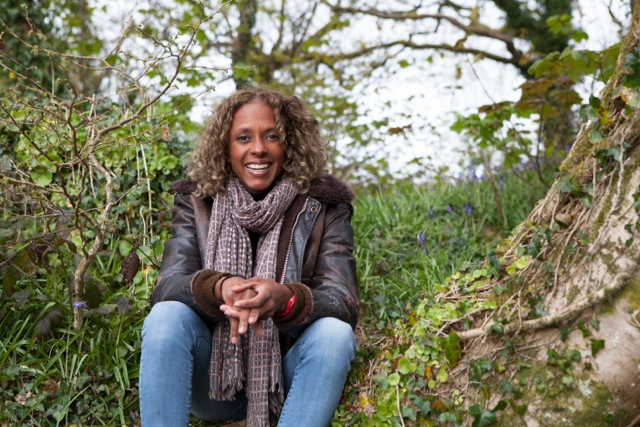The Springwatch presenter explains how diving into data reveals unexpected truths
“I won’t say it, even if it is true,” was my parting shot in answer to the question of whether the natural world would fare better if there were fewer humans. It’s a popular idea with those concerned about the health of the planet, and I’ve lost count of the number of times I’ve heard quips along the lines of ‘we need a better pandemic’, especially in circles where I expect people to know better.
It’s both shocking and puzzling how many people in the nature sector still believe that there’s a ticking human population time-bomb. Known as the Malthusian theory, the idea that our population will grow exponentially until it is ‘corrected’ by natural forces remains persistent and pervasive.
Our World in Data, a free online opensource platform, tells a different story. Run jointly by researchers at the University of Oxford and the Global Change Data Lab, it confirms that the world’s human population is indeed increasing in absolute numbers (we hit the eight billion mark last November) but hover your cursor over absolutely any country on the interactive world map, and you will find the birth rate of every single one is on a downward trajectory.
Even countries with the very highest birth rates have curves that are beginning to descend, albeit more gradually than most. Notably, though, it is the very same countries that have the highest rates of infant mortality: Afghanistan, Chad, Democratic Republic of Congo, Mali, Syria, and especially Yemen.
I became aware of a similar corelation a few years ago in the unlikely setting of the South West Coast Path.
I became aware of a similar corelation a few years ago in the unlikely setting of the South West Coast Path. I had joined Sue Sayer and Kate Hockley, from the Cornwall Seal Group Research Trust, to survey an important pupping site for the region’s grey seal population. We were deep in conversation about the see-saw nature of seal pupping numbers year-on year. Unusually high birth rates were often reported with much excitement in the press, but Sue and Kate noted that a ‘good year’ was often preceded by a bad season, when seal pup losses were alarmingly high.
Human disturbance, viruses, low food availability for gestating mothers and their pups; any or all of these might contribute to a bad season, but an unfortunately timed weather event, such as a winter storm surge coinciding with a high tide, could wipe out almost an entire season of the dewy eyed, fluffy seal pups in a single catastrophic event. Higher birth rates, it seems, are a natural response to high pup losses, while good pup survival is followed by lower birth rates.
As for humans, the world’s population has mercifully experienced a fall in infant mortality – from rates in excess of 30 per cent in 1800 to a world average of 3 per cent today – and like with the seals, when infant mortality falls, lower birth rates follow.
Women are having fewer babies, and as they move through their child-bearing years, the next generation will be a smaller cohort, also having fewer babies.
So, if birth rates are falling, why is the human population still growing in absolute figures? Rather like stopping an oil tanker, ‘population momentum’ means it takes a few generations for overall numbers to follow course. Women are having fewer babies, and as they move through their child-bearing years, the next generation will be a smaller cohort, also having fewer babies. Eventually population momentum will slow to a stop.
“One of the big lessons from the demographic history of countries is that periods of rapid population growth are temporary,” writes Max Roser, founder and director of Our World in Data. “The world is entering a new equilibrium and rapid population growth is coming to an end.”
For those who remain concerned about the impact of a crowded human world on nature, rather than willing a ‘better’ pandemic, a more caring approach would be to try to stop infant mortality and allow natural forces to help us achieve a better balance between people and planet.
For more opinon pieces by Gillian Burke, read why seeds hold the secret to life, scientific knowledge alone can't save the natural world and slow travel.
